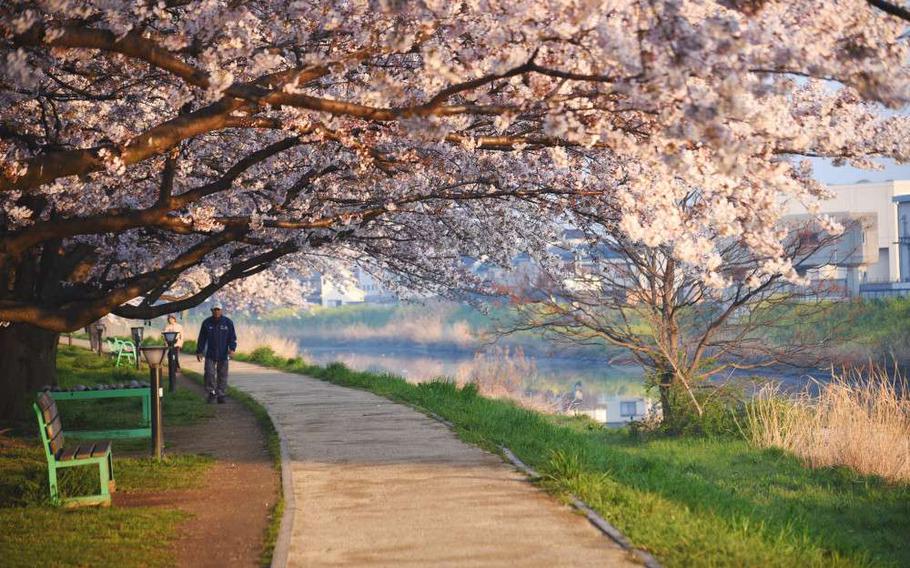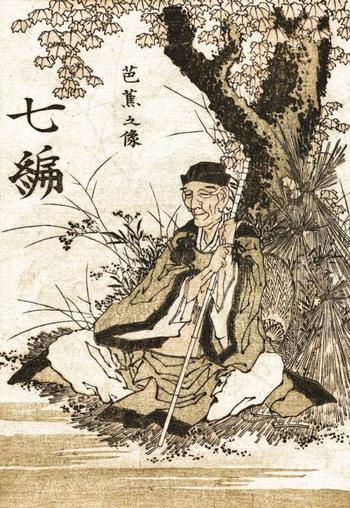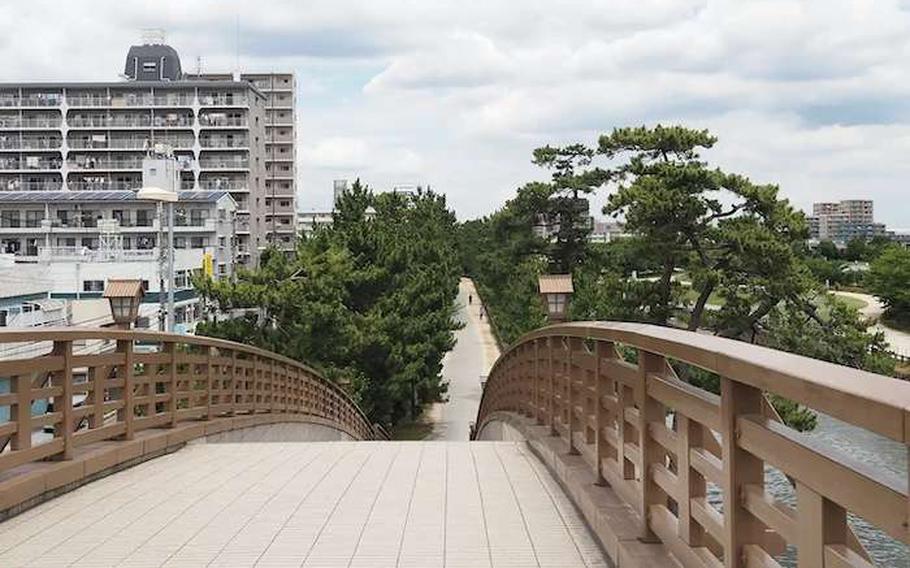
(Photo Credit to Iyhon Chiu (Flickr))
Japan’s northern Tohoku region was once a rugged land of deep mountains and wild forests. Anyone traveling there during the ordered days of the Edo period was thought to be risking life and limb for very little gain. Yet people still traveled, and one way of doing so was via the old Nikko Kaido highway. Built to safely connect Edo to the mausoleum of Tokugawa Ieyasu in Nikko, its construction had the unintended effect of solidifying the master status of one of the world’s greatest poets. One of the most atmospheric historic walks near Tokyo can be found in Soka, where pine-lined paths trace the journey of haiku master Matsuo Basho.

(Portrait of Bashō by Hokusai, late 18th century)
The Master of Masters
A person would be hard-pressed not to have heard of haiku master, Matsuo Basho. His travels across Japan fine-tuned his poetic craft to such an extent that he became one of Japan’s greatest cultural exports. Even now, over three hundred years after his passing, there are still few who could seriously claim to have bettered his art.
Often translated as The Narrow Road to the Deep North, his most famous work, the travelogue Oku no Hosomichi, owes its inspiration to Basho’s journeys into Japan’s wilds, a journey he began from the Nikko Kaido highway.
Soka on the Map
Beginning in what is now Kita-Senju in East Tokyo, Basho soon arrived at the highway’s second post station, Soka. The city, once verdantly agricultural, is famous for its senbei rice crackers and commuter town university life, but perhaps owes a verse or two to Basho.
His words, “We barely managed to reach the post-town of Soka by nightfall. My greatest burden was the pack I carried on my thin, bony shoulders.” An inauspicious start, perhaps, but Soka was now permanently scribed on the map. Leaving the next day, Basho traveled further, wrote deeper, and became a national legend.
Hundreds of Trees, Hundreds of Years
The city maintains its connection with Basho’s Edo-era times. During those years, hundreds of pine trees were planted along the Nikko Kaido highway. These trees, including more recently planted ones, still line what is now the Soka Matsubara Promenade, a designated National Place of Scenic Beauty.
At the time of its recognition in 2013, there were 634 pine trees lining the promenade. The city has worked hard to ensure that the legacy of Basho, as well as its own, remains accessible. Replete with reminders of Basho, the promenade follows the north-south flow of the Ayase River and is an extension of the area’s Fudabagashi Park.
Standing Watch
Standing sentinel at the entrance to the promenade as it leads north is a replica wooden Edo period bourou watchtower. Once used for spotting fires in flammable old Japan, the tower’s crisp geometric shape marks the metaphorical border between Basho’s old life and the new one he would come into during his travels.
A beautiful touch, a little further on, is the lifesize bronze statue of Basho glancing backwards towards the old city of Edo as he steps forward into the north. Watching over it is a verse engraved in stone by the esteemed scholar of Japanese literature, the late Donald Keene. A hagi bush-clover tree planted by Keene further honors Basho’s connection with Soka.
The Two Bridges
The promenade features two particularly impressive bridges. One, Yatate Bridge, was so named because of a famous line in Basho’s travel diary that references the portable yatate brush-and-ink case he used to begin his writing.

(Photo from Japan Travel)
The bridge’s arched structure offers elevated views of both the pine trees and the river. Further along, an even more impressive bridge is the similarly arched Hyakutai Bridge. Inspired by the very first line of Oku no Hosomichi, hyakutai literally means “100 generations” and refers to eternity. The pines of the promenade certainly seem peacefully ageless. Given the influence of Basho’s poetry, the naming of this bridge is most appropriate.
Soka’s Tribute Festival
As if a nationally recognized promenade wasn’t enough, the city celebrates Matsuo Basho’s place in its history with the annual Soka Matsubara Dream Festival. Making its debut in 2015, this relative newcomer to the summer festival scene takes place on the first weekend of July. It features some lovely night illumination of the promenade’s pine trees as well as the Yatate and Hyakutai bridges.
Traditional Japanese street stalls are, of course, aplenty, while boat rides along the Ayase River are a popular attraction. Each year, the organizers find new ways to appear, with some years seeing rickshaw and even hot-air balloon rides.
Japan has changed incredibly since the three centuries when Basho left the old Edo capital on his journey into the wild lands. What hasn’t changed, however, is the extraordinary respect and admiration that one of Japan’s greatest masters continues to inspire. Small though it may have been, Soka’s role in nurturing that inspiration was both real and pivotal. It’s now easily enjoyed by thousands of visitors annually.
Getting There
Take the Tobu Skytree Line to Dokkyo Daigaku Mae Station (formerly known as Matsubara Danchi Station) to access this historic walk near Tokyo. The Soka Matsubara Promenade is just a five-minute walk from the East Exit.
metropolisjapan.com


AloJapan.com